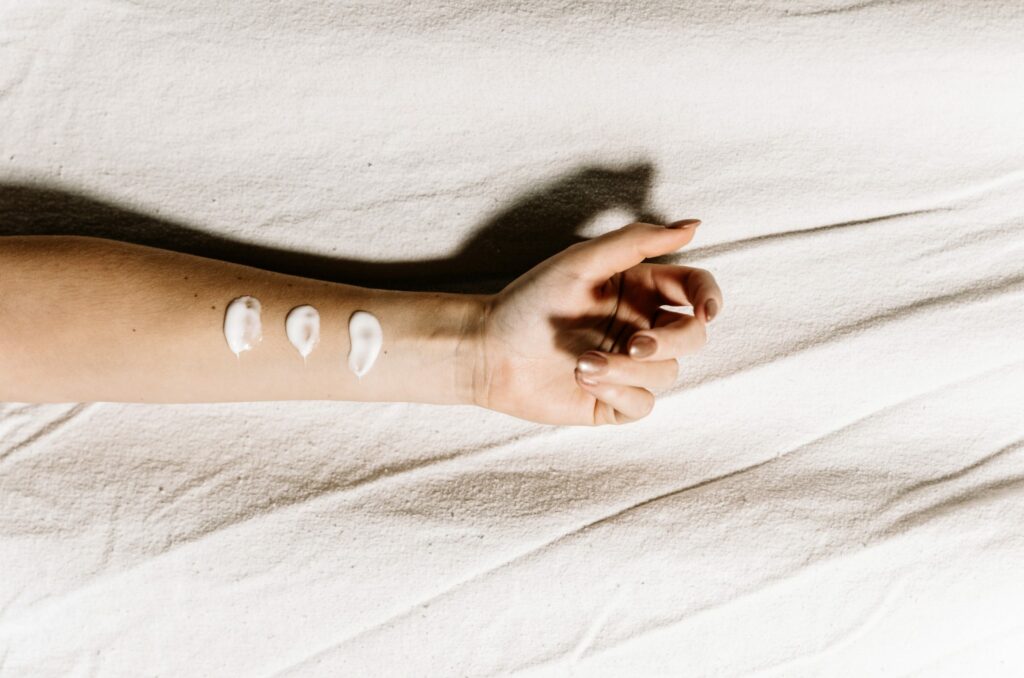In less than five years, the “clean beauty” trend has radically changed consumers’ expectations and purchasing behaviour. A real consumer phenomenon, on a global scale, and one that most, if not all, brands must now grasp.
In less than 5 years, the clean beauty trend has drastically reshaped consumer expectations and purchase behavior. In fact, it has grown into a full-blown – almost global – consumer shift that most brands, if not all, are increasingly forced to acknowledge. What started years ago in skincare is now deeply entrenched in beauty, stretching to all categories. Yet, for many brands, the question remains mostly unanswered: what does it take to be considered a “clean” brand from a consumer perspective today? From non-toxic beauty to clean beauty, the trend has already morphed once and is showing clear signs of another evolution that is taking consumer-centrism to yet another level.
Consumers are closer to being experts than they have ever been
Venture online and you will find countless discussions on the side effects of phenoxyethanol, alcohol and many other ingredients. Among these controversial ingredients, consumers describe many as aggressive, sensitizing and generally damaging for the skin or hair. Moreover, there is also increased scrutiny of the environmental impact of the composition of cosmetics. For example, ingredients derived from petroleum are perceived as polluting and non-biodegradable.
Beyond ingredient expertise, users are increasingly more knowledgeable about the skin and its underlying mechanisms. Concepts like skin barrier or skin microbiome are gaining in visibility and reshaping the way consumers think about their skin, and what they put on it. On TikTok, the hashtag #skinscience gathers an impressive 3.4 million views. And in conjunction with better understanding of the skin, users have also become more knowledgeable about cosmetics, notably thanks to DIY trends but mostly through continuous education from Skinfluencers – some of whom hold a background in cosmetology or dermatology.
A perceived lack of transparency in clean beauty
The more clean beauty grows, the more users are confronted with its limitations. One of the most blatant examples is the continued presence of controversial ingredients in products labeled clean – a big let-down for many consumers having enthusiastically switched to clean beauty. Others have become more skeptical of clean beauty after seeing their favorite influencers expose issues within the trend: brands that exploit fear to market their products, erroneous interpretation of scientific studies to push controversies around ingredients, greenwashing…
Clean beauty is evolving into conscious beauty
Driven by these factors, consumers’ perception of clean beauty is evolving to “conscious beauty”, as dubbed by some consumers. What is conscious beauty? Well, conscious beauty is not wildly different to clean beauty and is in fact based on the same pillars. It too, encourages switching to gentle, environmentally conscious, non-toxic, and ethical products. The difference between the two lies in the consumers’ process of identifying whether products truly fit some of these criteria. Indeed, if the definition of “clean” can sometimes be murky for clean beauty consumers, conscious beauty users leverage their expertise and experience to define what “clean” means to them specifically. In that sense, they decide which products they consider gentle and safe for their skin and body, based on which ingredients they know work on their skin, while avoiding those they know they’re allergic or sensitive to.
Moreover, scientific consensus becomes even more influential. With clean beauty, while controversies around certain ingredients appear with specific studies, the trend was also criticized for cherry-picking the studies. With conscious beauty, users seek a general overview of the safety profiles of ingredients in the concentration levels of cosmetic products. If such a task seems overwhelming for some, they can also rely on the advice of skinfluencers, some of which dedicate videos to debunking myths arounds controversial ingredients and decoding studies for the sake of educating their audience.
The three golden rules of conscious beauty
In a nutshell, conscious beauty is clean beauty, further individualized and science-based. Although that may sound complex for brands to navigate to leverage this new shift, three golden rules fortunately apply, which, when abided by, make products more appealing to conscious beauty users.
The first rule: be a leader in one pillar and good in others: gentleness, environmentally conscious, non-toxic, and ethical. Leading in one of those pillars means intensely engaging with it while continuously pushing boundaries. For example, leading in environmentally conscious products today, means offering products with no plastic packaging (or going zero-waste), while ensuring that no polluting ingredient remains in the composition.
The second rule: be transparent and promote education through science. While science has long been included in marketing campaigns, it often meant white coated scientists presenting and supporting claims with percentages. With conscious beauty, consumers expect far more depth. Indeed, they’re eager to learn about the science, best studies, and mechanisms behind ingredients.
The third rule: keep effectiveness top-notch. Last, but not least, consumers aren’t willing to compromise on performance and user experience. As such, they can be highly receptive to alternatives that are as effective as existing popular solutions, all while satisfying the pillars of clean beauty.
To learn more about “conscious beauty”, come to the next MakeUp Paris which will be held from 16 to 17 June 2022.

Dynvibe
At Dynvibe we are experts in Social Media Intelligence. Our job is to understand consumers around the world through what they spontaneously say and share on social media. We transform this mass of data into concrete and actionable business opportunities for major international brands. To do this, we have developed powerful AI-based technology platforms that allow us to collect and organise the data. This data is then analysed by our “Insight Crafters” in order to provide all of the subtleties of insight to our clients. We then guide brands’ strategic decisions on their positioning, organisation and innovations.


